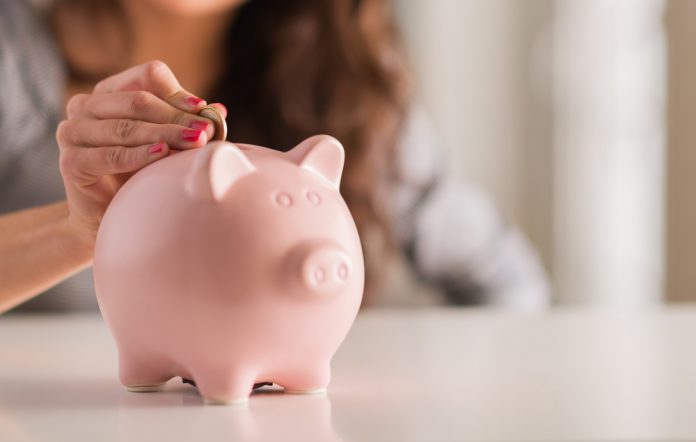700,000 self-invested personal pension – or SIPPs – are now sold every year, making them one of the most popular investment instruments.
SIPPs are one of the most tax-efficient ways of saving for retirement, allowing you to invest in a variety of instruments including funds, investment trusts and bonds. It is completely manageable online and like all pensions, a SIPP offers up to 45 percent tax relief on contributions and there is no UK capital gains tax or UK income tax to pay.
So what are the best ways to make the most of a SIPP?
-
Consolidate your pension pots together
“If you’ve worked for a number of employers over your working life, the chances are that you’ll have built up several pension pots. A SIPP can be a useful vehicle to help you consolidate all these pots into one place, making it easier to monitor and manage your pension savings”, says Ed Monk, associate director for Personal Investing at Fidelity International.
“But before you bring your pots together be sure to read the small print – there can be costs involved when moving a pension – some policies have charges for moving pots before the retirement age you selected.”
-
Check the costs
SIPPs often come with a multitude of different charging structures, so make sure whoever you choose to create one with has a transparent and simple framework in place.
“Take the time to ensure you understand the costs involved for the services you want – always know what you are paying for as the last thing you want when it comes to your hard earned pension savings is to get stung with any nasty hidden charges,” Monk recommends.
-
Take hold of the investment reins
One of the biggest advantages of having a SIPP is that it gives you greater control over your savings and investments, so make sure to take a look at all the instruments available and choose those that will have the biggest impact over the investment period.
However, according to Monk, the disadvantage is that your investments are at the mercy of the markets.
“Protect yourself by being keeping your investment eggs in a number of different baskets by diversifying across regions and asset classes, making sure the asset allocation of your portfolio is in line with your risk appetite and retirement goals,” he said.
-
Set aside a rainy day fund
“While a SIPP allows you to diversify your investment holdings, it’s nigh on impossible to completely protect your portfolio from market dips. This means, that there may be times that the value of your pot falls and, if you’ve begun accessing the money in your SIPP, the income you are able to draw down from it. If this happens, you may need to temporarily reduce the amount of income taken to avoid the risk of running out of money over the long term,” Monk continues.
“A sensible strategy to avoid having to take a cut in your income or having to touch your actual investments during market dips can be to hold a cash reserve. Depending on how much income you are drawing, the cash you hold might be enough to finance between one to three years’ worth of pension income payments. If you dip into it in the lean times, you can top it back up when growth and dividends return.”
-
Take advantage of the tax relief
SIPPs are one of the best vehicles for getting tax relief with your savings, so make the most of it. When you pay in you will automatically receive basic-rate tax relief on your contributions, so for example if you want to pay £10,000 you need to put in just £8,000, as £2,000 will be claimed from the tax man and added to your pension
“Furthermore, with pensions, the tax man allows you to use any unused allowance from the previous three tax years as well as this year’s quota. This is known as Carry Forward. If you can afford to, it’s worth considering using up not just this year’s allowance (up to £40,000) but any allowance left over from previous years as well. You’ll need to have earnings equivalent to the gross value of any contributions you wish to make, though, or you won’t be entitled to receive tax relief on the amount above,” Monk said.

